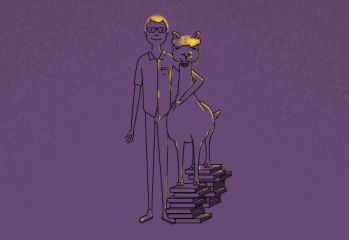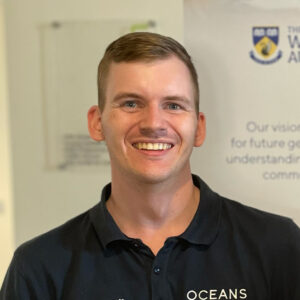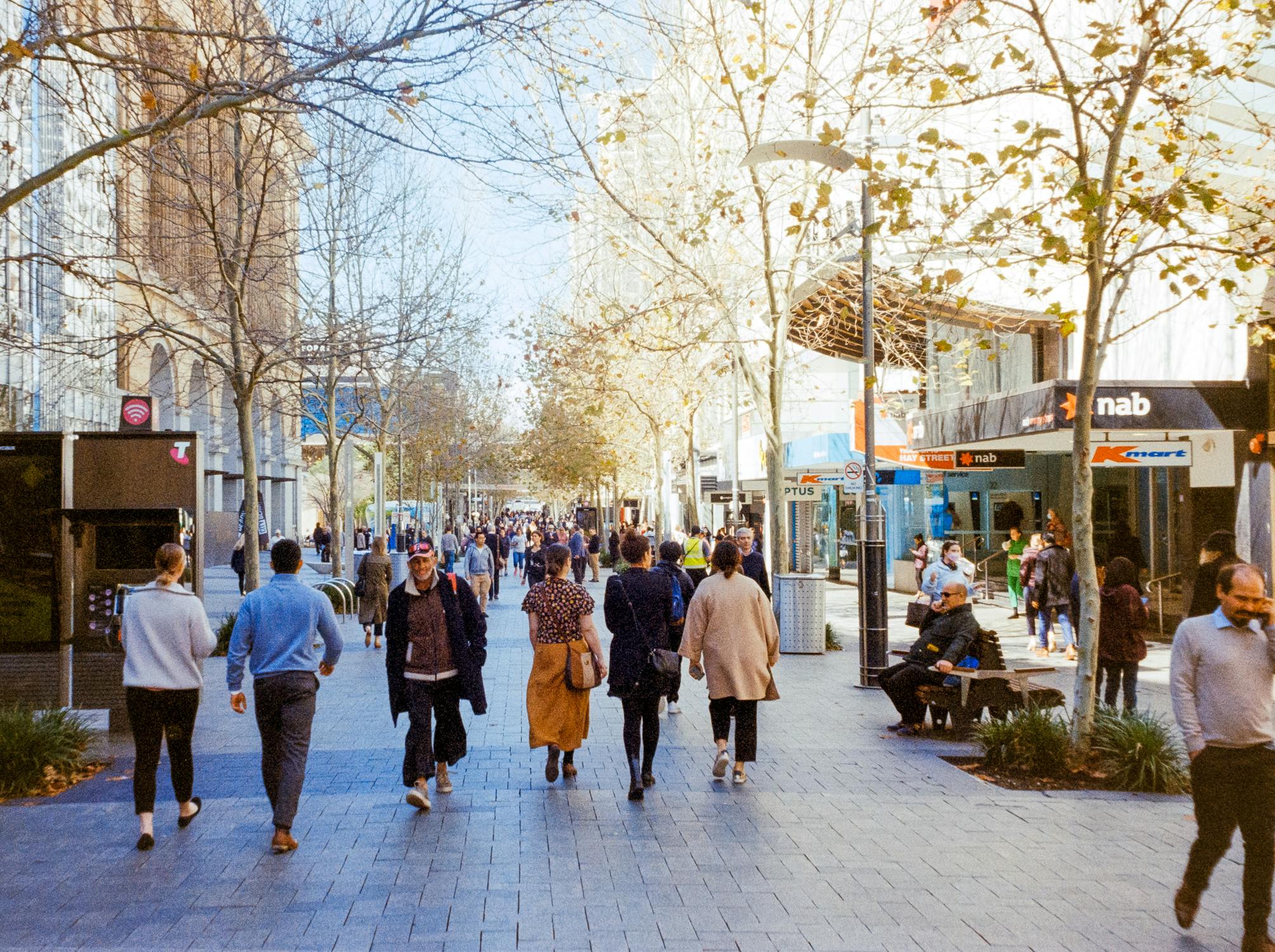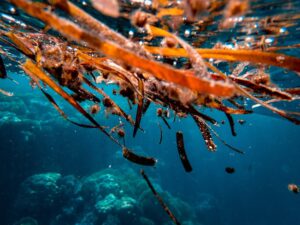Scientists make discoveries all the time. But it’s not just people in white lab coats using pipettes or slicing up DNA that uncover new things. You can too.
Citizen science allows anyone to participate in and contribute to scientific research through short-term or long-term projects.
It can be as easy as counting the birds in your local park, taking a photo of your local beach or even using your phone to record your farts. (Yes, really.)
We’ve given it a go to show you just how easy it is.
HOP TO IT!
Ever wondered if there are frogs in your neighbourhood? Or perhaps you have a frog or two in your garden but don’t know what species it is?
FrogID, created by the Australia Museum, is here to help.
It’s a citizen science project all about understanding the threats of habitat loss, disease and climate change on Australia’s native frogs.
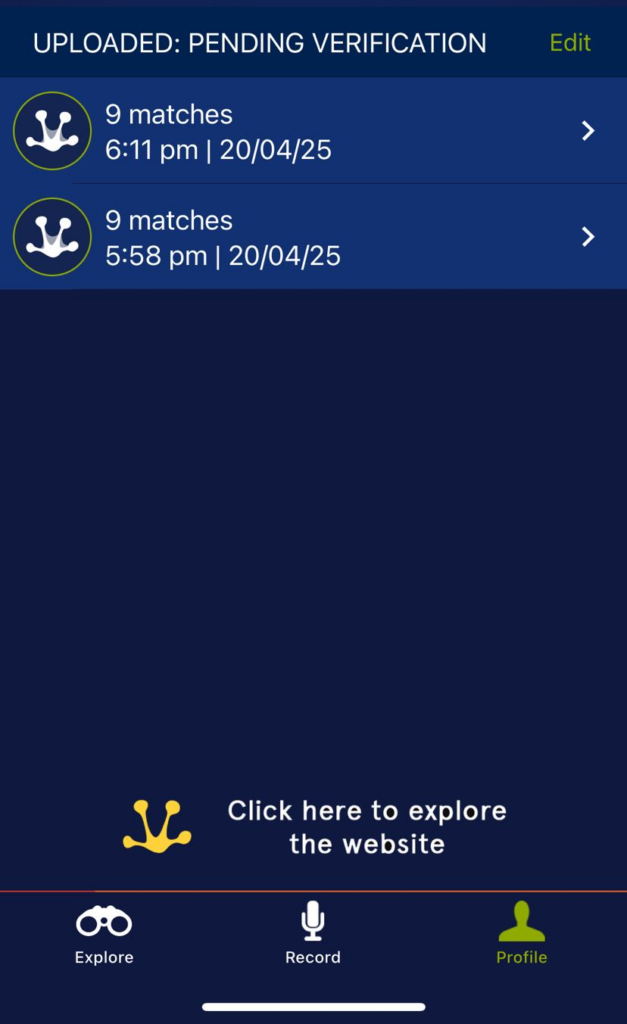
Credit: Cody Robinson

Credit: Cody Robinson
The app is simple – just submit audio recordings of frogs from your phone.
You can also choose to submit other information, including location, photos and notes. The app even suggests frog species based on your recording.
To get started, download the app and create an account.
As you gather data about frogs, you also get to enjoy identifying the frogs in your backyard or local park.
For some added fun, get some friends together to register a group and try to get on one of the leaderboards!
SEA THE END OF MARINE DEBRIS
How many times have you gone to the beach and seen rubbish? Perhaps it was a plastic bottle, some rope or a bigger item that washed ashore.
The Australian Marine Debris Initiative (AMDI) has created an app to record and document the rubbish on our beaches. It was developed by Tangaroa Blue.

Credit: Cody Robinson

Credit: Cody Robinson
Using the app is straightforward. Create an account to keep track of your hard work, and log your rubbish collection as an individual or for an event (perfect if you have organised a beach clean-up).
Once you have collected the rubbish, count the items in it, weigh it (if possible) and enter it into the app.
Include the date, time, location, collection type (individual or group/event) and hit submit.
AMDI then collates, verifies and analyses the data before making it available for scientists to figure out what types of rubbish are ending up on our beaches.
Through this citizen science project, AMDI hopes to improve awareness and inform science and policy.
FLY-RISE BIRDS
How often have you seen an ibis picking through rubbish in the city? A flock of corella in a local park?
Perhaps you’ve heard the piercing screech of sulphur-crested cockatoos as they fly overhead.
Some of Australia’s native species are trying to adapt in an ever-changing, expanding, human-altered environment.
Big City Birds is a citizen science project created by Spotteron.
It documents the behaviour and interactions of five native Australian birds often found in urban areas: the sulphur-crested cockatoo, Australian brush-turkey, Australian white ibis, little corella and long-billed corella.
You can log sightings of other bird species too.

Image: Cody Robinson
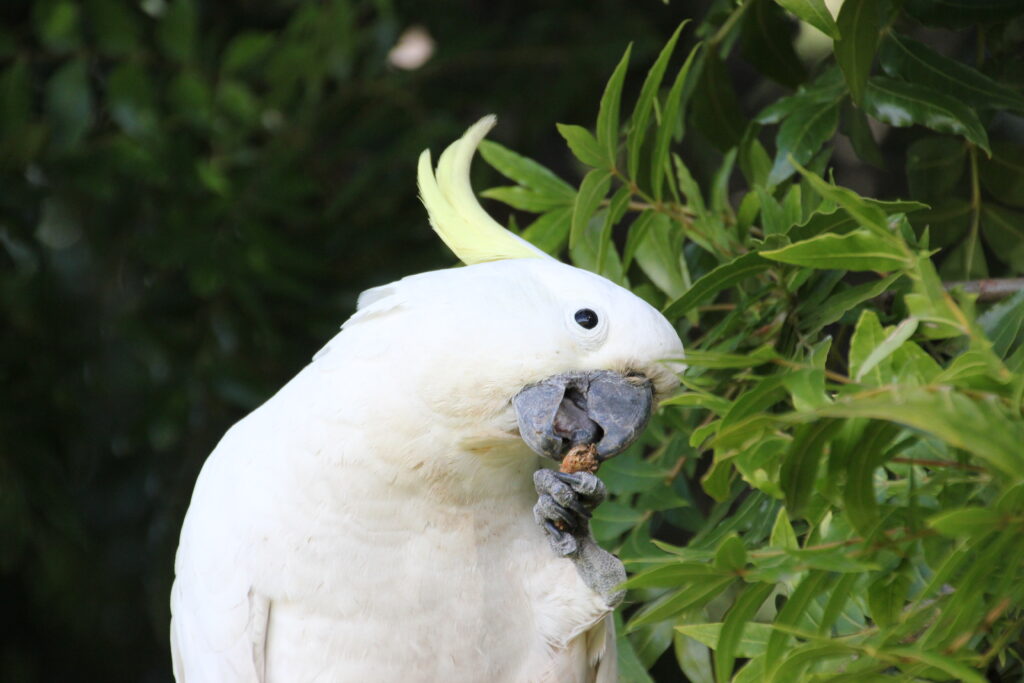
Credit: Alison Klein on Flickr
The project is a collaboration between the Max Planck Institute of Animal Behavior, Australian National University, University of Sydney and Taronga Conservation Society.
Like AMDI and FrogID, the app is easy to use.
Create an account, log your bird sightings and add any other relevant information. This includes location, behaviour and any interactions with the environment.
You also have the option to submit photos and edit submitted entries.
There are so many different citizen science programs and projects throughout WA and Australia.
Contributing to science isn’t just for scientists. These projects allow everyday people to get involved and create a better world for the frogs, urban birds and oceans. (Or perhaps feel that your farts are contributing to science too!)
